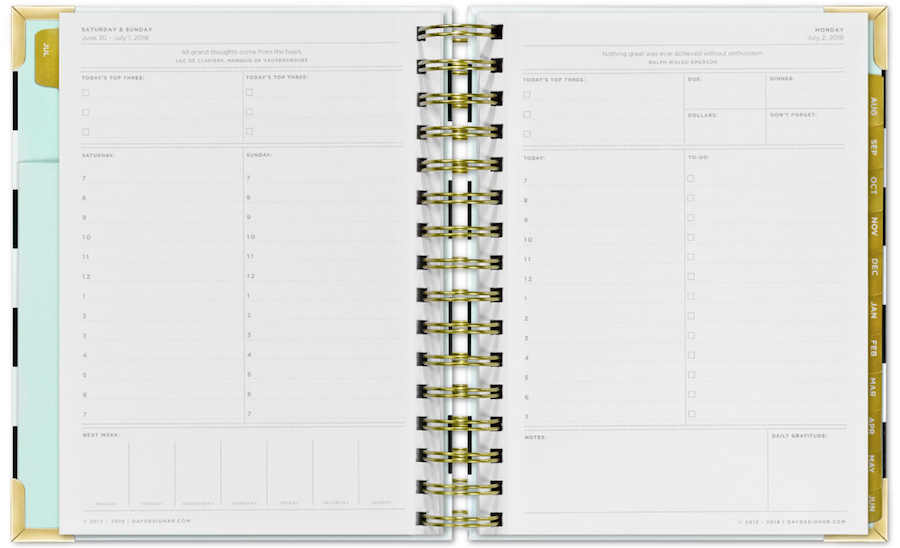

If one goes wrong, it can throw everything off. The end result is a bad design that makes the copy illegible and repels rather than attracts.Ĭopy and design need to work together. I see what they were going for here, but they didn't quite stick the landing. Or force customers to get in the way of each other. Cool ideas and cost-cutting measures are great, but not if they get in the way of the customer. Efficiency was clearly top-of-mind when this little wonder was spawned, but efficiency came at the price of user experience.

This design flop essentially renders both toilets useless. I mean, I guess if it were really an emergency.Įven then, probably not. Related: 7 branding mistakes your company should avoid 1. The great thing about mistakes is that they can be redeemed when we learn from them. This post goes over some bad design examples that are more funny than serious, but still highlight some pitfalls to avoid. But some mistakes are more serious than others, especially the ones that lose business or damage a brand.

Often, these can be laughed off and everyone's the wiser. This page truly serves a dashboard for your day.Everyone makes mistakes. The quadrant at the top right offers space for Due (bills or projects), Dollars (saved, expenses, or sales), Dinner (where, when, what, or with whom), and Don’t Forget. You’ll also find space for notes and your daily gratitude. If you are using our Flagship Daily Planner, the prompts will guide you to map out your schedule, your list of to-dos, and your top three priorities. Either way, in the morning, make it a habit to always touch your planner before you touch your phone! To stay on track, you’ll want to design your day first thing every morning, or even better, the evening before. Long-term goals and plans are critical to success, but real change happens on a daily basis in tiny, incremental steps. Be sure to prioritize what’s most important to you and leave some room for flexibility and the unexpected to simply enjoy the life you’re working so hard to create! 2. Pro-Tip: Your ideal week is not meant to become an unreasonable standard to which you hold yourself. Our Flagship Weekly Planner offers a weekly overview across two pages that includes your weekly top three, a notes section, and an inspirational quote. For example, you could set aside a day or a chunk of time specifically for errands, emails, phone calls, or meetings. Whenever possible, batch your work to increase focus. Consider establishing weekly routines for self-care, meal planning, grocery shopping, other errands, cooking, cleaning, laundry, and family time. Weekly routines will help with follow-through and efficiency, opening up time for yourself and your family. Commit to a time and jot it into your planner!ĭuring your weekly planning session, you’ll want to review your goals and priorities, current projects, activities and events, and your meetings and appointments. Some of our planner friends do this on Friday afternoon, many on Sunday, and others first thing on Monday mornings. Celebrate what you’ve achieved, and brain-dump everything you need to remember and accomplish in the next week. Start by picking a time and creating a ritual where you reflect on the past week and plan for the week ahead. Review your week before it starts.Ī weekly planning session will set the foundation for a successful week! On the blog today, we’re sharing our top tips to help you make the very most of your planner on a weekly and daily basis. Your Day Designer enables you to map out your routines, habits, schedules, and plans. Putting goals into practical steps is key to your success!


 0 kommentar(er)
0 kommentar(er)
